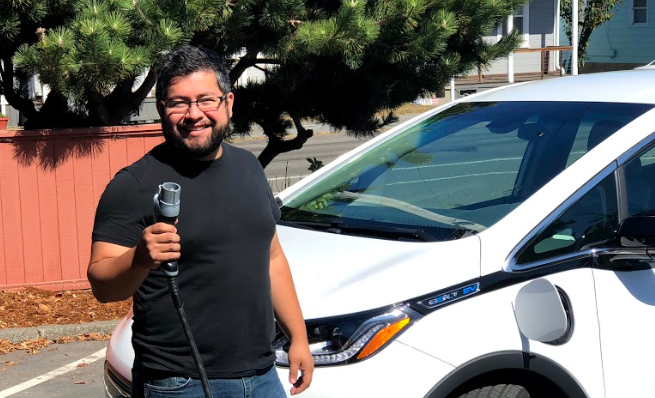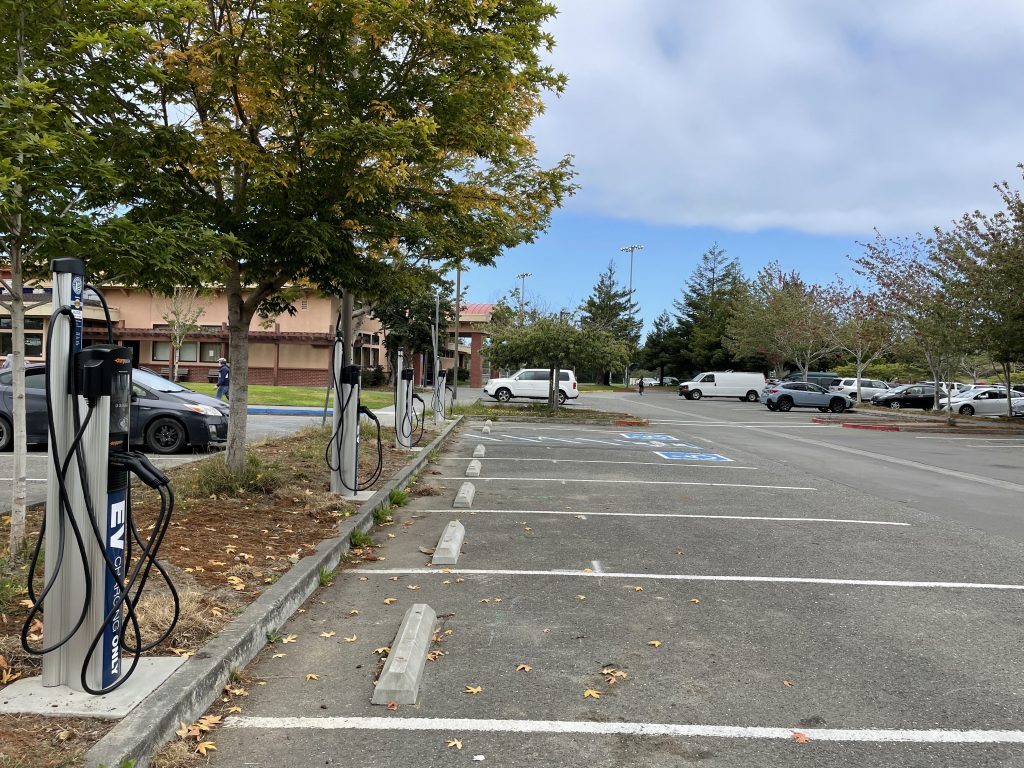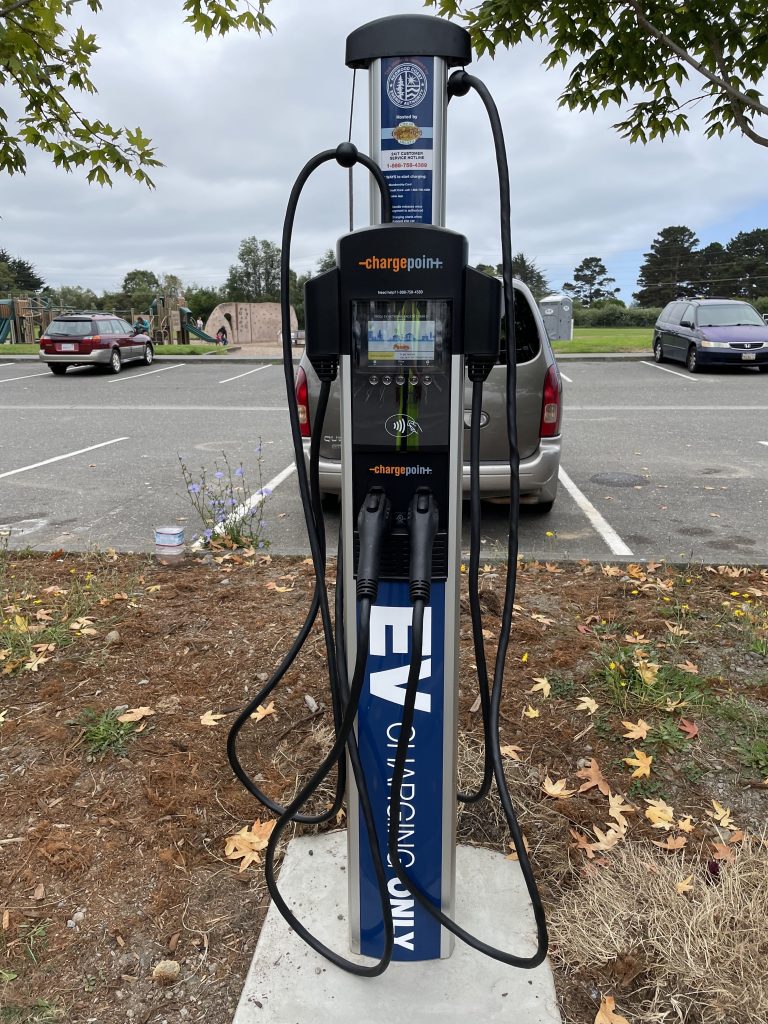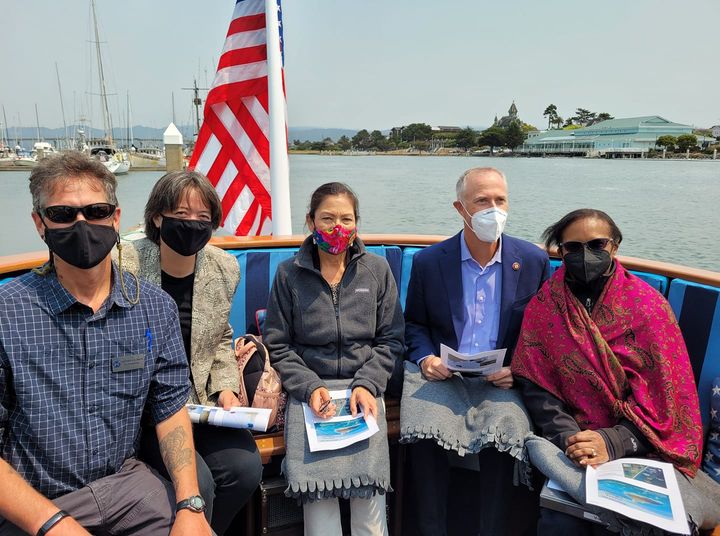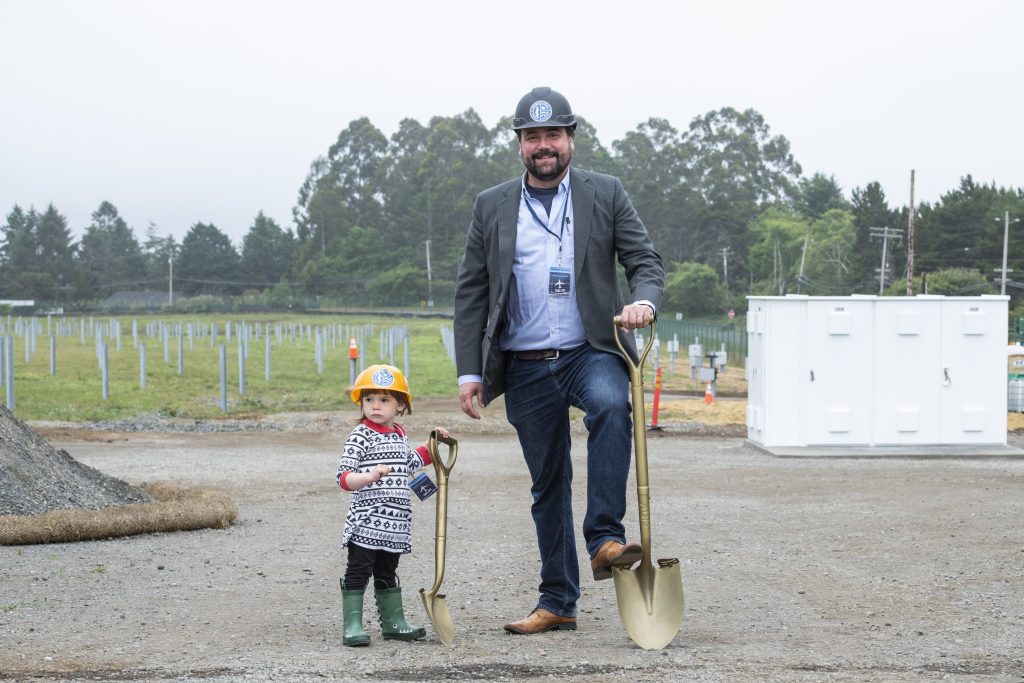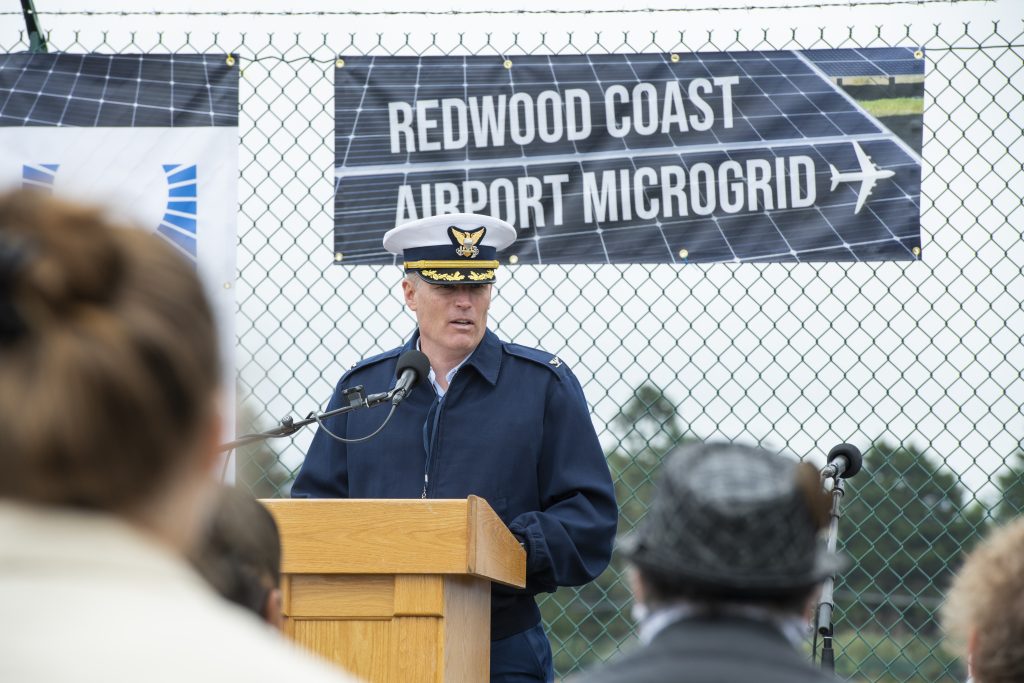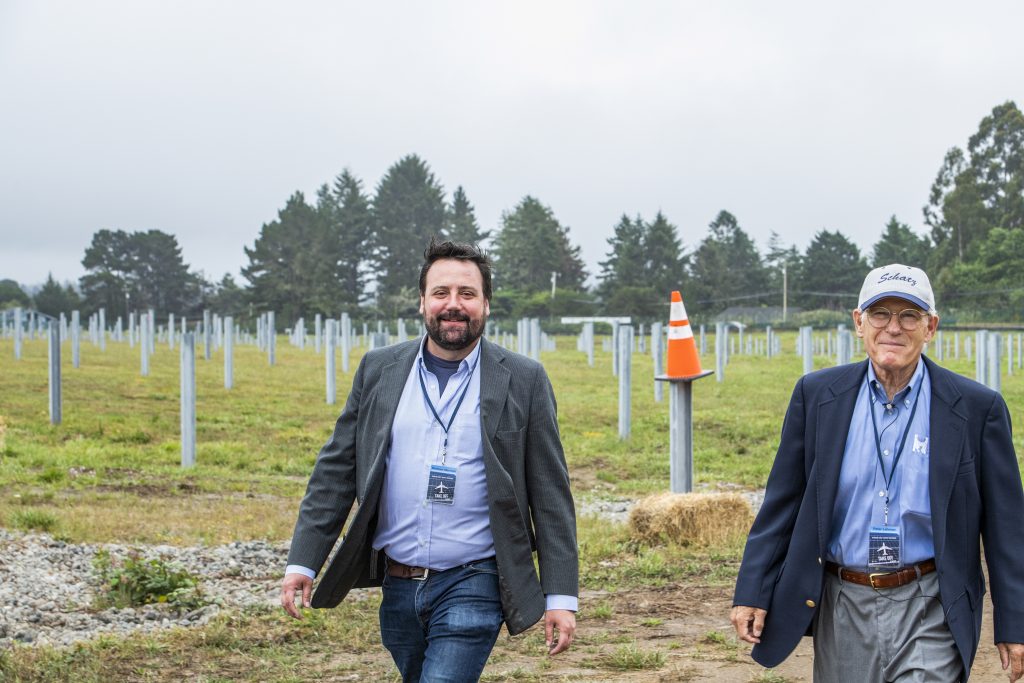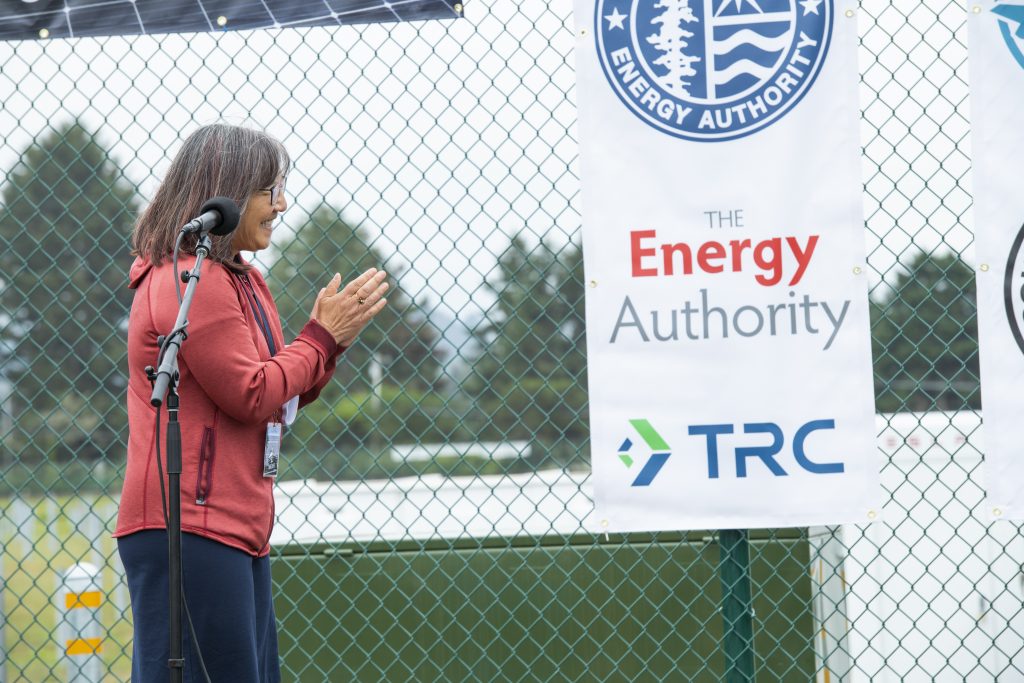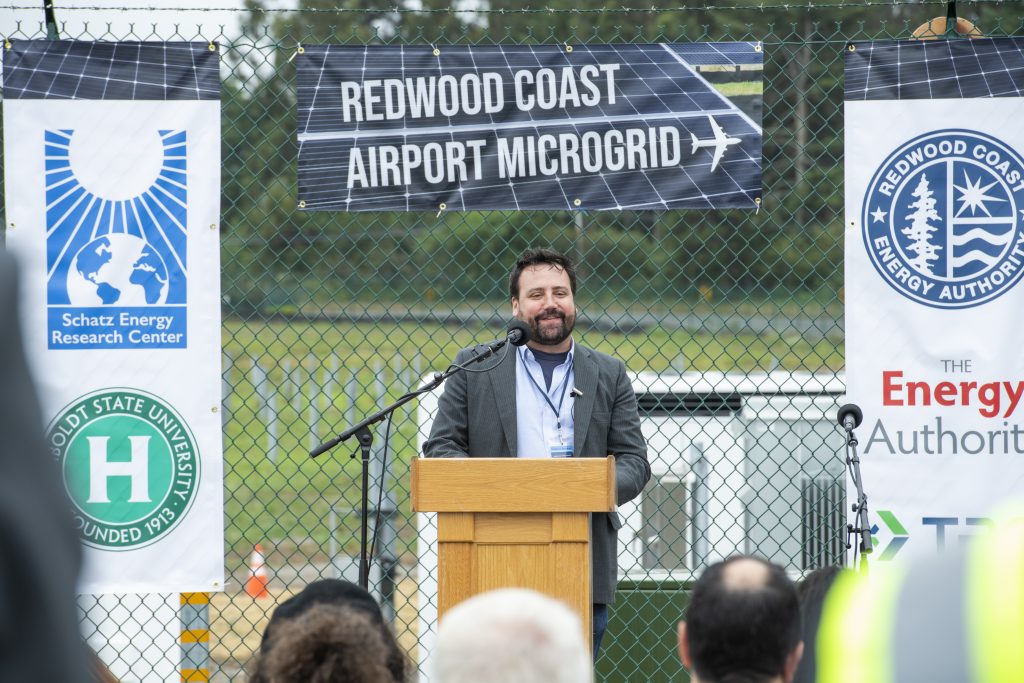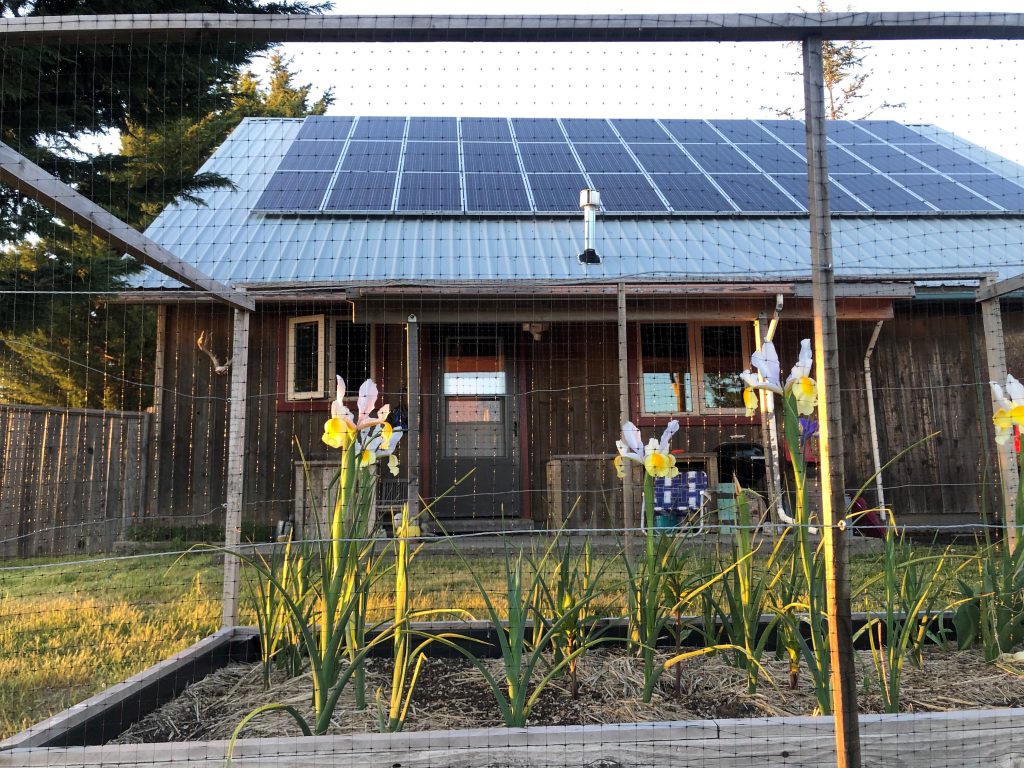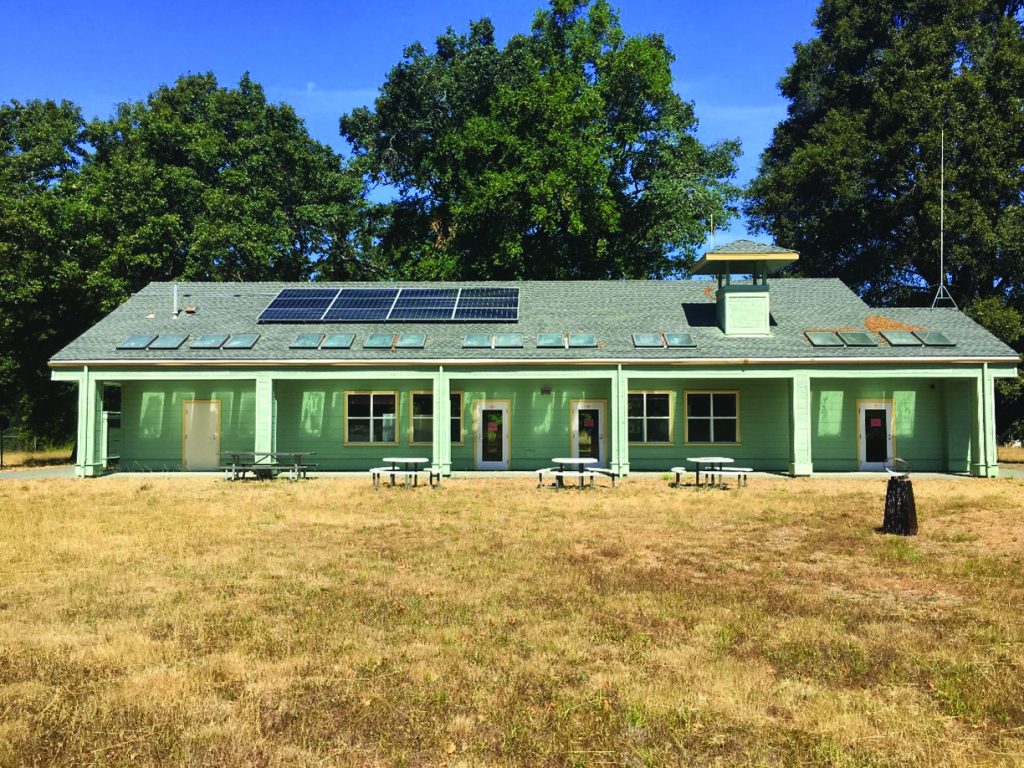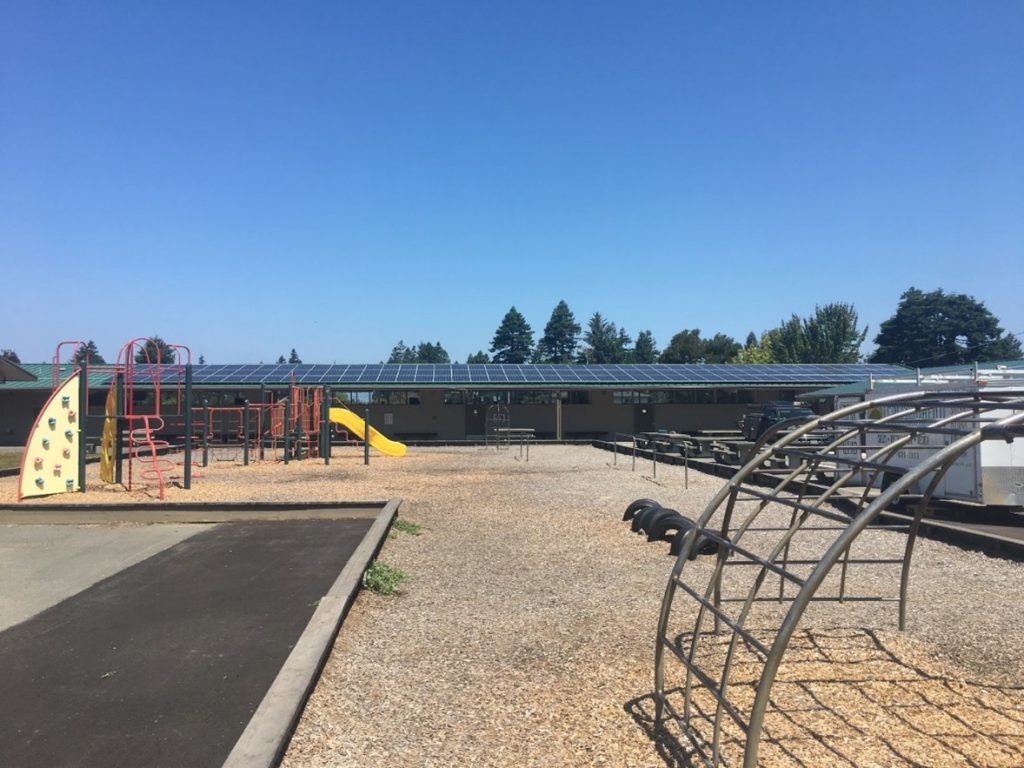ORMAT TECHNOLOGIES EXPANDS ENERGY STORAGE FOOTPRINT IN CALIFORNIA
Signs Resource Adequacy Agreements Totaling 5mw/20mwh with Two California Community Choice Aggregators
RENO, Nev. October 01, 2020, Ormat Technologies, Inc. (NYSE: ORA) today announced that it has signed two Resource Adequacy Agreements, each for 50% of its 5 MW / 20 MWh Tierra Buena battery energy storage project currently under development in Sutter County, northern California. Two Community Choice Aggregators (“CCAs”), Redwood Coast Energy Authority (“RCEA”) and Valley Clean Energy (“VCE”), each signed an agreement for 2.5 MW of resource adequacy from Ormat’s Tierra Buena energy storage project. Under the 10-year agreements, the project is expected to begin commercial operation no later than June 2022.
These are the first energy storage deals for the two CCAs, sought in order to comply with a multi-year statewide mandate to add 3.3 GW of incremental resource adequacy to the California grid by 2023. This project marks another expansion of Ormat’s energy storage footprint in California, its current primary growth market for energy storage. It is in addition to Ormat’s acquisition of the operating Pomona energy storage facility (20 MW/ 80 MWh) and the ongoing construction of the Vallecito energy storage project (10 MW / 40 MWh), also in California.
“Ormat is committed to being an active participant in California’s effort to achieve its goal of 100% carbon-free electricity by 2045,” commented Doron Blachar, Ormat’s Chief Executive Officer. “Increasingly, energy storage plays a key role in making this transition reliable and cost-effective, and Ormat continues to expand its presence and capabilities in this area. In particular, Ormat is focused on serving CCAs around the state, bringing innovative solutions focused on renewable and sustainable energy resources to meet current and projected demand, responsibly. We are pleased to leverage our proven capabilities and provide grid operators with the expertise to enhance grid performance, stability and responsiveness, while delivering capacity at the right time, the right place, and the right price.”
“Valley Clean Energy is proud to announce our partnership with sister agency Redwood Coast Energy Authority, and battery storage experts Ormat, on this initiative,” said Don Saylor, VCE’s Chair of the Board. “Battery storage is critical to maintaining grid stability, especially within the context of increasing wildfires and power shutoffs in California. VCE’s customers will continue to benefit from our commitment to climate resilience, community benefits and partnering on local projects like Tierra Buena.”
“The Tierra Buena battery energy storage project will help us deliver cost-effective, low carbon electricity to our customers while helping the state maintain grid reliability as we transition to renewables,” said Matthew Marshall, Executive Director of RCEA. “The deployment of energy storage statewide allows Community Choice Energy programs like ours to play a critical role in helping retire aging gas infrastructure by providing the flexibility necessary to rely on renewable sources to meet our energy needs.”
CCAs provide a large and growing portion of California’s energy supply. There are over 10 million electric accounts served by CCAs in California, providing power to tens of millions of people. Ormat will deliver long-term resource adequacy to RCEA and VCE while also participating in merchant energy and ancillary services markets run by the California Independent System Operator, contributing to overall grid stability and reliability.
Ormat will undertake engineering, procurement and construction (EPC) of this project, leveraging its core EPC capabilities gained through decades of renewable energy project development, as well as specific know-how in battery energy storage design and operation. The project design will incorporate Li-Ion batteries and other components from leading suppliers. The asset will be operated by Viridity Energy Solutions Inc., Ormat’s energy storage, demand response and energy management arm.
About Redwood Coast Energy Authority
The Redwood Coast Energy Authority is a local government joint powers agency whose members include the County of Humboldt, all incorporated cities within the county, and the Humboldt Bay Municipal Water District. RCEA’s purpose is to develop and implement sustainable energy initiatives that reduce energy demand, increase energy efficiency, and advance the use of clean, efficient, and renewable resources available in the region.
About Valley Clean Energy
Valley Clean Energy is a not-for-profit public agency formed to provide electrical generation service to customers in Woodland, Davis, Winters and the unincorporated areas of Yolo County. Its mission is to source cost-competitive clean electricity while providing product choice, price stability, energy efficiency, greenhouse gas emission reductions and reinvestment in the communities it serves.
About Ormat Technologies
With over five decades of experience, Ormat Technologies, Inc. is a leading geothermal company and the only vertically integrated company engaged in geothermal and recovered energy generation (“REG”), with the objective of becoming a leading global provider of renewable energy. Ormat owns, operates, designs, manufactures and sells geothermal and REG power plants primarily based on the Ormat Energy Converter – a power generation unit that converts low-, medium- and high-temperature heat into electricity. With 68 U.S. patents, Ormat’s power solutions have been refined and perfected under the most grueling environmental conditions. Ormat has 578 employees in the United States and 830 overseas. Ormat’s flexible, modular solutions for geothermal power and REG are ideal for vast range of resource characteristics. Ormat has engineered, manufactured and constructed power plants, which it either currently owns or has installed for utilities and developers worldwide, totaling approximately 3,000 MW of gross capacity. Ormat’s current 933 MW generating portfolio is spread globally in the U.S., Kenya, Guatemala, Indonesia, Honduras, and Guadeloupe. Ormat leveraged its core capabilities and global presence, together with the energy storage expertise of its subsidiary, Viridity Energy Solutions Inc., to expand its operations to provide energy storage and energy management solutions.
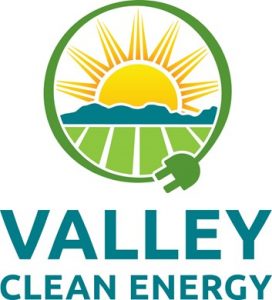


Press Release to download
